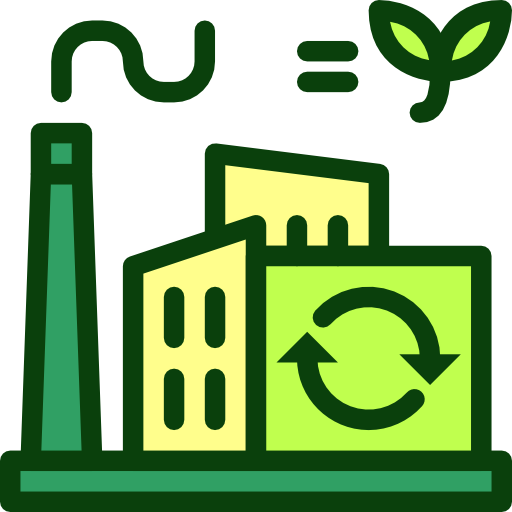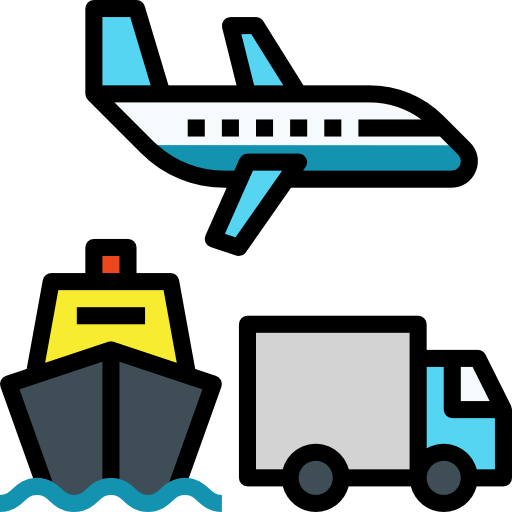Estonia - Geography

Here, let us take a look at the Geography of Estonia. The mainland terrain is flat, boggy, and partly wooded; over 1,500 islands lie offshore. Mother's mean age at first birth is 28.2 years (2020 est.) (), whereas, the Maternal mortality ratio is 5 deaths/100,000 live births (2023 est.)
Geographical data of Estonia
| Location | Eastern Europe, bordering the Baltic Sea and Gulf of Finland, between Latvia and Russia |
|---|---|
| Geographic coordinates | 59 00 N, 26 00 E |
| Map references | Europe |
| Tarrain | marshy, lowlands; flat in the north, hilly in the south |
| Natural Resources | oil shale, peat, rare earth elements, phosphorite, clay, limestone, sand, dolomite, arable land, sea mud |
| Natural Hazards | sometimes flooding occurs in the spring |
| Irrigated Land | 20 sq km (2016) |
| Major rivers (by length in km) | |
| Major aquifers | |
| Land Boundaries | 657 km |
| Border Countries | Latvia 333 km; Russia 324 km |
| Coastline | 3,794 km |
| Climate | maritime; wet, moderate winters, cool summers |
| Area | |
| Total Area | |
| Land Area | 42,388 sq km |
| Water Area | 2,840 sq km |
| comparative Area | about twice the size of New Jersey |
| Maritime Claims | |
| Territorial sea | 12 nm |
| Exclusive economic zone | limits as agreed to by Estonia, Finland, Latvia, Sweden, and Russia |
| Elevations | |
| Highest point | Suur Munamagi 318 m |
| Lowest point | Baltic Sea 0 m |
| Mean elevation | 61 m |
| Land Use | |
| Agricultural land | 23.1% (2023 est.) |
| Agricultural land: arable land | arable land: 16.6% (2023 est.) |
| Agricultural land: permanent crops | permanent crops: 0.1% (2023 est.) |
| Agricultural land: permanent pasture | permanent pasture: 6.4% (2023 est.) |
| Forest | 57.2% (2023 est.) |
| Other | 19.6% (2023 est.) |
Population Distribution
A fairly even distribution throughout most of the country, with urban areas attracting larger and denser populations
People and Society
In Estonia, the different Ethnic groups are such that we have: Estonian 69.1%, Russian 23.7%, Ukrainian 2.1%, other 4.6%, unspecified 0.5% (2021 est.)
| Population | |
|---|---|
| Pop growth rate | -0.76% (2024 est.) |
| Birth rate | 8.2 births/1,000 population (2024 est.) |
| Death rate | 13.2 deaths/1,000 population (2024 est.) |
| Health expenditure | |
| Physicians Density | |
| Hospital bed Density | 4.5 beds/1,000 population (2020 est.) |
| Total fertility rate | 1.62 children born/woman (2024 est.) |
| Gross reproduction rate | 0.79 (2024 est.) |
| Contraceptive prevalence rate | |
| Est married women (ages 15-49) | 52.3% (2023 est.) |
| Literacy | |
| Education expenditures | |
| Net Migration rate | -2.7 migrant(s)/1,000 population (2024 est.) |
| Nationality | Estonian | Estonian(s) |
| Languages | Estonian (official) 67.2%, Russian 28.5%, other 3.7%, unspecified 0.6% (2021est.) |
| Religions | Orthodox 16.5%, Protestant 9.2% (Lutheran 7.7%, other Protestant 1.5%), other 3% (includes Roman Catholic, Muslim, Jehovah's Witness, Pentecostal, Buddhist, and Taara Believer), none 58.4%, unspecified 12.9% (2021 est.) |
| Age Structure | |
| 0-14 years | 15.2% (male 92,980/female 88,753) |
| 15-64 years | 62.2% (male 373,989/female 368,113) |
| 65 years and over | 22.6% (2024 est.) (male 96,110/female 173,846) |
| Dependency Ratios | |
| Total dependency ratio | 57.6 (2024 est.) |
| Youth dependency ratio | 25.4 (2024 est.) |
| Elderly dependency ratio | 32.2 (2024 est.) |
| Potential support ratio | 3.1 (2024 est.) |
| Median Age | |
| Total | 45 years (2024 est.) |
| Male | 41.9 years |
| Female | 48.2 years |
| Urbanization | |
| Urban population | 69.8% of total population (2023) |
| Rate of urbanization | -0.03% annual rate of change (2020-25 est.) |
| Major urban areas (Pop) | 454,000 TALLINN (capital) (2023). |
| Sex Ratio | |
| At birth | 1.05 male(s)/female |
| 0-14 years | 1.05 male(s)/female |
| 15-64 years | 1.02 male(s)/female |
| 65 years and over | 0.55 male(s)/female |
| Total population | 0.89 male(s)/female (2024 est.) |
| Infant Motality | |
| Total | 3.3 deaths/1,000 live births (2024 est.) |
| Male | 3.2 deaths/1,000 live births |
| Female | 3.4 deaths/1,000 live births |
| Life Expectancy at birth | |
| Total population | 78.4 years (2024 est.) |
| Male | 73.8 years |
| Female | 83.2 years |
| Drinking Water Sources | |
| Improved: urban | urban: 100% of population (2022 est.) |
| Improved: rural | rural: 100% of population (2022 est.) NA |
| Improved: total | total: 100% of population (2022 est.) |
| Unimproved: urban | urban: 0% of population (2022 est.) |
| Unimproved: rural | rural: 0% of population (2022 est.) NA |
| Unimproved: total | total: 0% of population (2022 est.) |
| Sanitation facility acess | |
| Improved: urban | urban: 99.7% of population (2022 est.) |
| Improved: rural | rural: 100% of population (2022 est.) |
| Improved: total | total: 99.8% of population (2022 est.) |
| Unimproved: urban | urban: 0.3% of population (2022 est.) |
| Unimproved: rural | rural: 0% of population (2022 est.) |
| Unimproved: total | total: 0.2% of population (2022 est.) |
| Alcohol consumption per capita | |
| Total | 11.65 liters of pure alcohol (2019 est.) |
| Beer | 4 liters of pure alcohol (2019 est.) |
| Wine | 1.92 liters of pure alcohol (2019 est.) |
| Spirits | 4.6 liters of pure alcohol (2019 est.) |
| Other alcohols | 1.13 liters of pure alcohol (2019 est.) |
| Tobacco use | |
| Total | 23.7% (2025 est.) |
| Male | 29.9% (2025 est.) |
| Female | 18.3% (2025 est.) |
Demographic profile
All Important Facts about Estonia
Want to know more about Estonia? Check all different factbooks for Estonia below.









